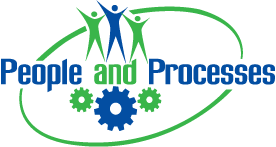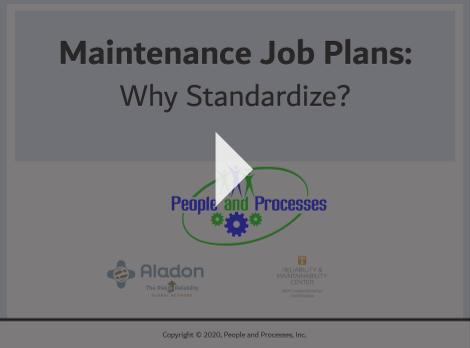
Seemingly overnight, the challenges for the maintenance function intensified. Some organizations faced reduced sales and product demand, pushing the organizations to reduce budgetary spend. Meanwhile, others have pivoted with new products or increased production demand requirements. In either case, the need to improve performance and maintain reduced costs remains a strong focus.
From my experience, there are no better tools than education and the use of a guide to coach people to implement a proactive maintenance organization focused on improving performance and reducing cost. The use of one should lead to the use of the second in tandem.
At People and Processes, Inc., we are pleased to provide effective solutions for both. In the table below, you can see the advantages and disadvantages of different training approaches. Currently, we offer both the instructor-led classroom and virtual interactive training courses. We are also developing the on-demand eLearning training courses as well.
So, what is the best learning method for you?
| Activity | Instructor-Led Classroom Training | Virtual Interactive Instructor-Led Training | On-Demand eLearning |
|
Instructor access to answer questions and facilitate the discussions for learning |
Advantage of real-time immediate access and visual feedback |
Advantage of real-time immediate access and feedback but cannot see faces of peers in large groups due to bandwidth limits. Using our technology platform, attendees can interact in main areas and in breakout rooms. The instructor can interact in all areas. |
Disadvantage due to time-differences and schedules due to on-demand nature. It may be hours before receiving answers or feedback. |
|
Peer-to-peer networking and learning |
Advantage due to sharing of physical space, visual cues, and group interactions. |
Advantage due to break-out rooms and interactive tools enable one-on-one and group interactions. |
Disadvantage as above and attendees are left to initiate the desired levels of interaction outside of course requirements. |
|
Travel expense |
Potential disadvantage if travel costs are incurred to an on-site location for attendees. Instructor travel is a potential cost. |
Advantage as the training can be attended from any location using a laptop and high-speed internet. |
Advantage as the training can be attended from any location using a laptop and high-speed internet. |
|
Engagement of learner and transfer of knowledge |
Advantage due to adult learning concepts, interactive exercises, and gamification |
Advantage due to adult learning concepts, interactive exercises, and gamification. | Potential disadvantage as not everyone learns well in this approach. Engagement can suffer with competing priorities and learner may focus on gaining minimal knowledge to complete the module assessments to advance through course. |
|
Time commitment |
Fixed amount including potential travel |
Fixed - typically, less time is required over classroom training, especially without the travel considerations to an on-site location. | Self-paced flexibility based on individual motivation. |
Check out our upcoming Virtual Interactive Instructor-Led Courses Here



